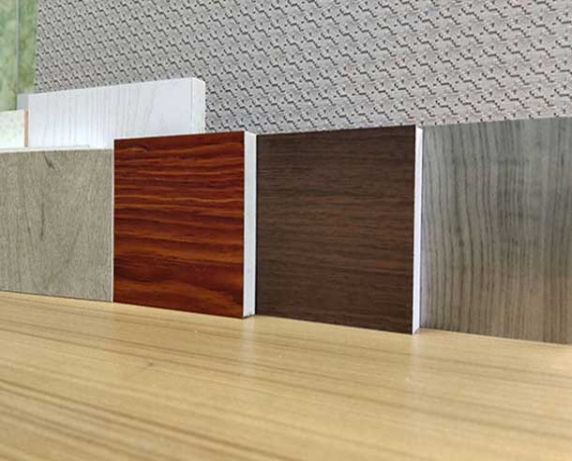1. Flame retardant doesn't mean it can't burn:
Some people want to use lighters to burn PVC foam board to see if it can be burned. If it can be burned, it's not fireproof. If it can't be burned, it's flame retardant. This is a common misunderstanding. The national requirements for the fire-retardant grade of PVC foam board are up to the Bf1-t0 level. According to the national standard, the non-combustible material is classified as fire-proof grade A, such as stone and tile. The technology of the bf1-t0 flame retardant standard includes a cotton ball with a diameter of 10 mm, dipped in alcohol, and placed on the PVC floor to burn naturally. After the cotton ball is burned, measure the diameter of burned PVC floor traces. If it is less than 50 mm, it is bf1-t0 flame retardant standard.

2. Nonenvironmental protection does not depend on "nose smell":
PVC material itself is formaldehyde-free. PVC flooring is also not allowed to use formaldehyde in the production process. Some advanced PVC foam boards will use new calcium carbonate raw materials, and the freshly produced products will have a faint taste. It can't cause harm to people's bodies and it will not make people feel uncomfortable. After being placed in the ventilation for a while, it will dissipate.
3."Abrasion resistance" is not "can't be scratched with a sharp tool":
Some people ask about the service life and abrasion resistance of PVC foam board, and take out sharp tools such as knives or keys, and scratch the surface of PVC floor. If there is scratch, it is considered not to be wear-resistant.In fact, the national abrasion resistance test for PVC flooring is not simply a sharp surface on the surface, but is determined by the national inspection agency.
PVC foam board factory specializes in the development and production of PVC foam board, polystyrene foam board and quartz stone. If you are interested in our products, please freely contact us.